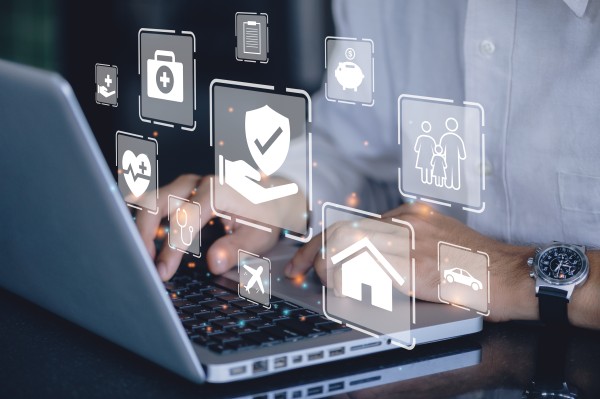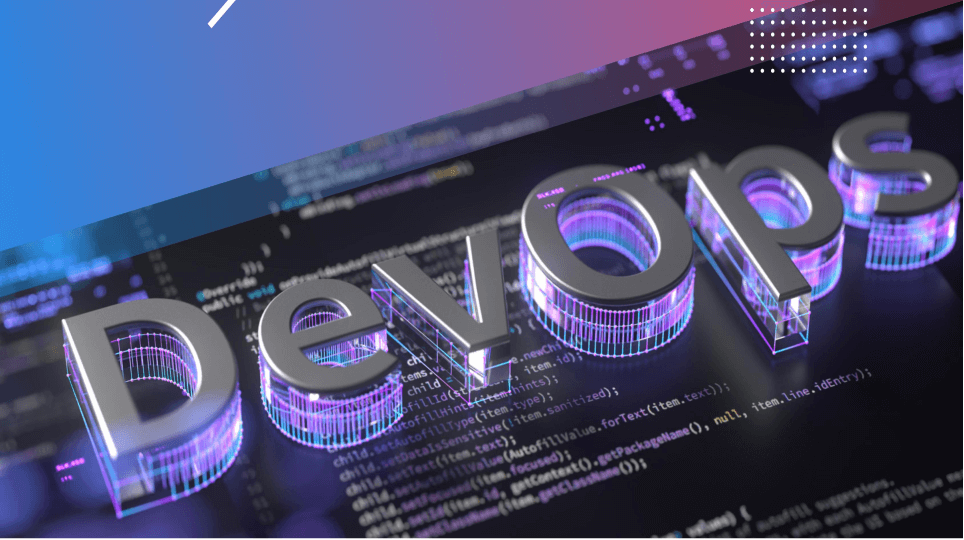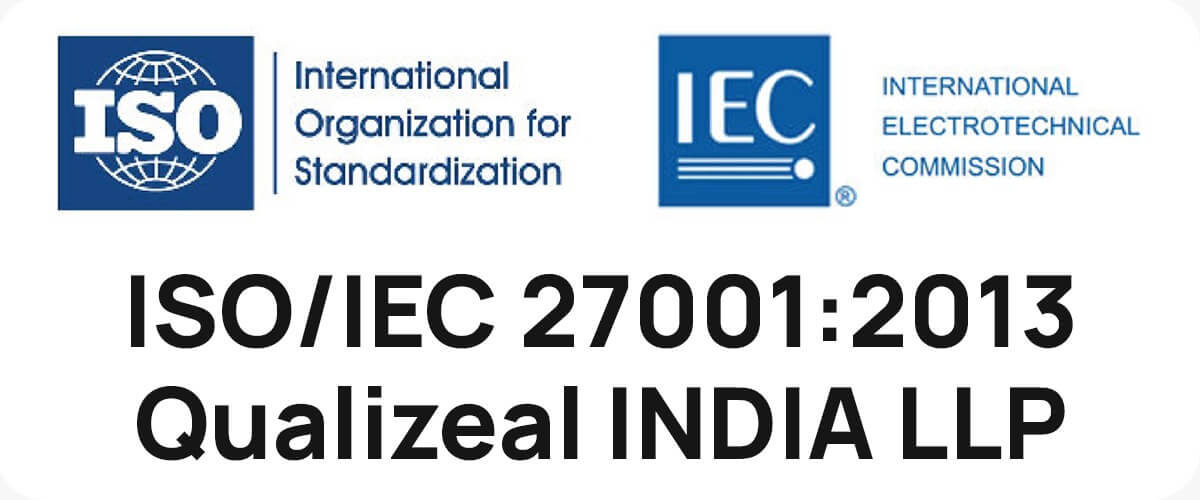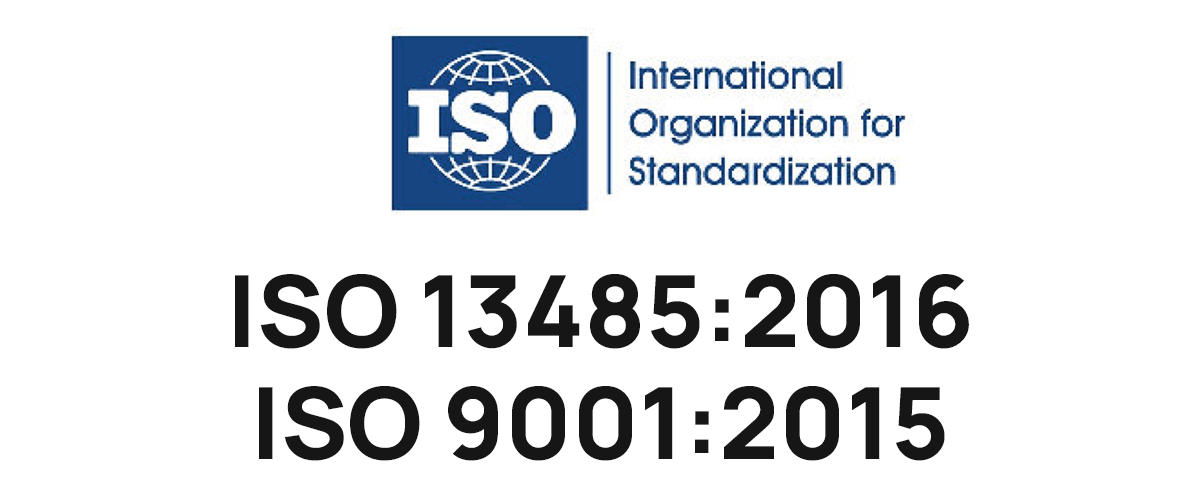Blockchain technology is a distributed ledger technology to store and share information. Simply stated, this technology creates a shared digital ledger of transactions that cannot be altered once created. Each transaction is recorded as a block, that is linked to the block before it in a chain. The blockchain gets its name from this chain of blocks, which makes it a very secure technology.
Blockchain technology has ushered in a new era of trust and security in digital transactions. However, the complexity of decentralized systems demands rigorous testing to ensure the integrity and reliability of blockchain applications. There are abundant examples where not adopting the right test approach resulted in failures of Blockchain initiatives. Here are three examples to stress upon the need for adequately testing Blockchain applications:
Cryptocurrency Transactions:
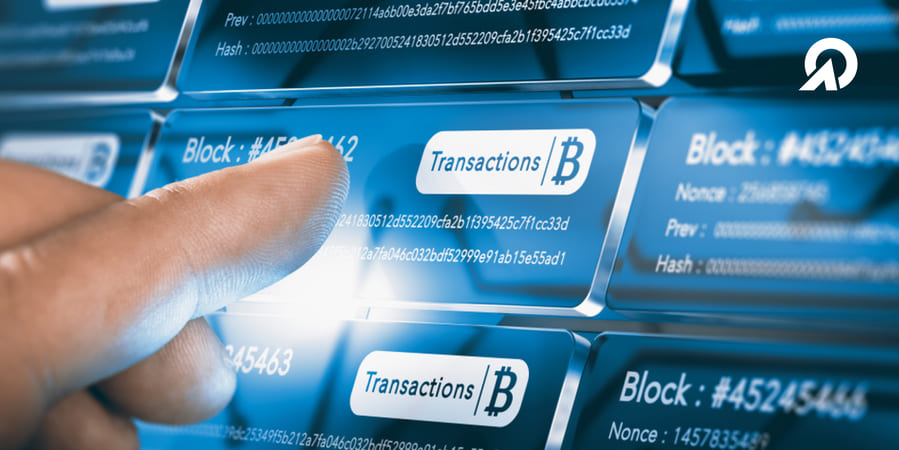
Mt. Gox: The Mt. Gox exchange was one of the largest Bitcoin exchanges in the world until it filed for bankruptcy in 2014. The exchange suffered from inadequate security and a lack of rigorous testing, leading to the loss of approximately 850,000 Bitcoins. This incident highlighted the need for robust security and penetration testing to prevent hacking and safeguard user funds.
Smart Contracts:
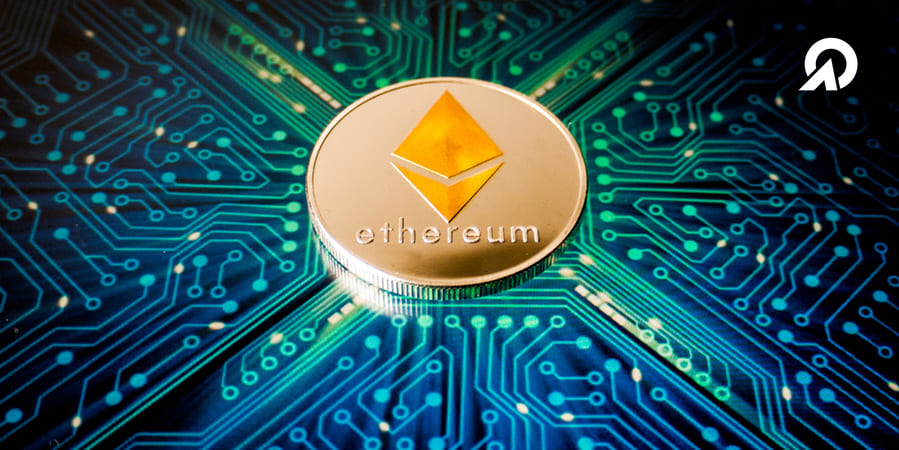

The DAO Incident: The Decentralized Autonomous Organization (DAO) was a crowdfunding project built on the Ethereum blockchain. In 2016, a vulnerability in the DAO’s smart contract code was exploited, resulting in the theft of over 3.6 million Ether. This incident highlighted the importance of thorough code review and testing of smart contracts to identify and fix vulnerabilities.
Decentralized finance (DeFi) Platforms:
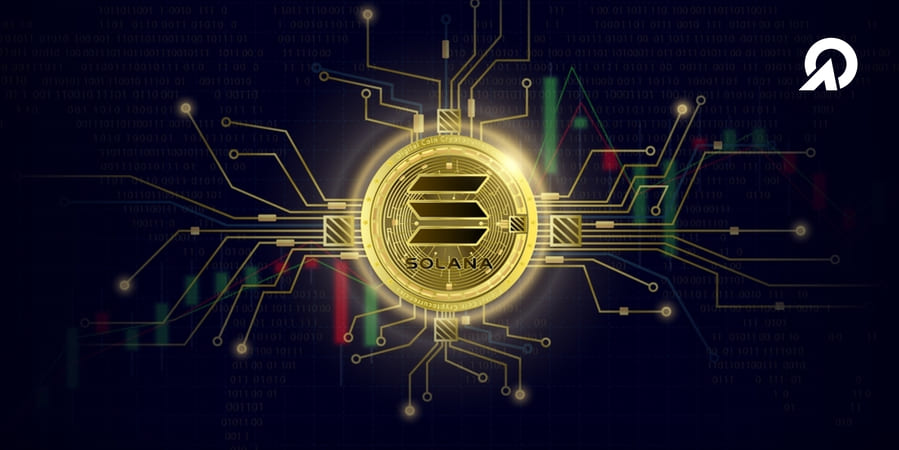

Solana Network Outages: The Solana blockchain network experienced multiple outages and instability issues that disrupted DeFi applications and trading. In Sept. 2021, a major outage was caused by a denial-of-service attack by bots spamming Raydium. In May 2022, bots invaded the network, causing a seven-hour outage. In June 2022, a consensus failure due to a bug caused another outage, driving SOL’s price down (Source: https://cointelegraph.com/news/solana-outage-triggers-ballistic-reaction-from-the-crypto-community). This incident highlighted the importance of testing for Security, Scalability and Stability issues.
So, where should we focus when testing Blockchain? Well, the answer lies in focusing on these key elements as part of your blockchain testing strategy.
- API & Integration Testing: Design tests that validate accuracy of the interaction between applications within the blockchain ecosystem is as expected.
- Block / Peer / Node Testing: All the blocks on the network should be tested individually to ensure proper cooperation. Here you check if the nodes in the network sync with other validating peers and if the integrity of the network and the shared ledger is maintained true to testing.
- Smart Contract Testing: Focus on validating transactions that meet predefined conditions and business logic. It involves simulation of all possible expected and unexpected variables for every contract and trigger that utilize the functions.
- Functional, Performance & Security Testing: Perform functional testing to evaluate the work of various functional parts of the blockchain are delivering the right functionality. Check the network latency based on its block size, network size, expected transaction size, and how long a query takes to return the search. Validate that the application is not vulnerable to attacks.
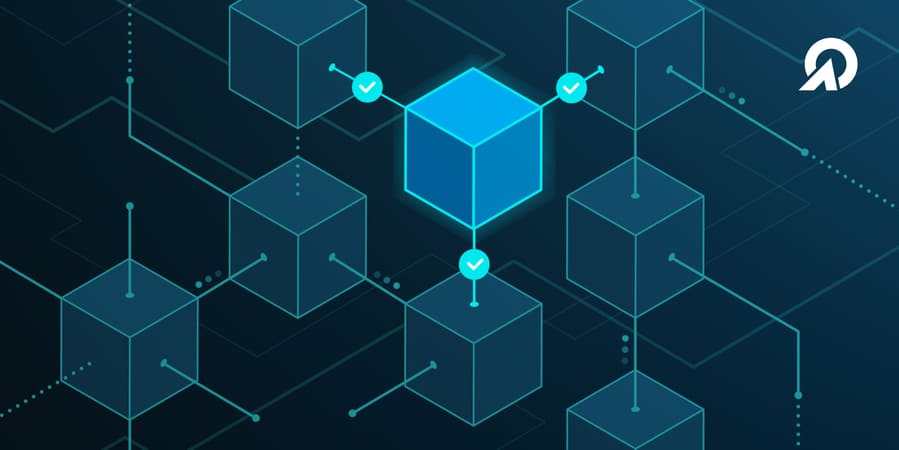

Having listed the key tests, let’s consider some of the key test scenarios that are applicable in the context of Blockchain testing. This is an indicative list shown as an example. In actual blockchain testing, the depth and breadth of tests will be much more detailed. However, this list does serve the purpose of calling out examples of what can be considered for testing a blockchain application.
| Scenario | Test Description | Expected Result |
| Smart Contract Validation | Verify that smart contracts accurately execute predefined functions and maintain data consistency. | Smart contracts execute functions accurately, and data consistency is maintained. |
| Security Vulnerability Assessment | Identify and mitigate potential vulnerabilities in the blockchain, such as reentrancy, timestamp dependence, and gas limit vulnerabilities | Vulnerabilities are identified and mitigated successfully. |
| Transaction Verification | Ensure that transactions are processed accurately and are resistant to tampering. | Transactions are processed accurately, and tampered transactions are rejected or result in errors. |
| Consensus Algorithm Testing | Assess the blockchain’s ability to reach consensus and handle node failures or network partitions. | Blockchain reaches consensus, recovers after partitions, and data remains consistent. |
| Scalability Testing | Evaluate how the blockchain network performs under different transaction loads. | Blockchain performance scales as transaction volume increases without significant degradation. |
| Node Failure Recovery | Intentionally stop one or more network nodes and verify network recovery. | Network recovers after node failures, and data remains consistent. |
| Cross-Blockchain Interoperability | Execute a cross-chain transaction and verify accurate data exchange. | Data is accurately exchanged and confirmed across the involved blockchains. |
| Governance Mechanism Testing | Simulate a proposal for protocol changes and validate governance processes. | Governance processes are correctly simulated, and proposed changes are accurately applied upon approval. |
| Privacy and Confidentiality | Send confidential transactions and ensure privacy is maintained. | Confidential transactions remain private and confidential, and unauthorized access is prevented. |
| Blockchain Fork Testing | Introduce a blockchain fork and verify network reconciliation. | Network reconciles after a fork, and data integrity is maintained. |
| Cross-Border Transactions | Initiate a cross-border transaction involving multiple currencies. | Cross-border transactions are processed accurately, and final amounts are correct for all parties involved. |
| Regulatory Compliance | Validate blockchain compliance with relevant regulatory requirements. | Blockchain complies with relevant regulatory requirements, generates required reports, and maintains identity verification. |
| Smart Contract Upgrade Testing | Upgrade a smart contract while preserving data integrity. | The new smart contract version is successfully deployed, and data and functionality are migrated accurately. |
| Cross-Device Compatibility | Install and use blockchain applications on various devices and OS. | The blockchain application operates as expected on various devices and OS without compatibility issues. |
| Token Minting and Burning | Mint tokens and burn a portion to adjust the token supply accurately. | Token supply is accurately adjusted, and tokens are properly accounted for in the blockchain ledger. |
| API & Integration Testing | Verify that blockchain APIs and integrations function correctly and exchange data accurately. | Blockchain APIs and integrations function correctly, and data is accurately exchanged with integrated systems. |
| Block/Peer/Node Testing | Test the behavior and performance of blockchain blocks, peers, and nodes. | Blocks, peers, and nodes exhibit expected behavior and performance. |
Effective blockchain testing is a multifaceted process that plays a pivotal role in the development of decentralized applications. It is essential to ensure the security, performance, and reliability of blockchain systems. As blockchain technology continues to evolve and becomes increasingly integrated into various industries, the importance of robust testing practices cannot be overstated.


Blockchain testing involves a comprehensive set of test scenarios and strategies that encompass everything from smart contract validation to security vulnerability assessment, scalability testing, and more. This multifaceted approach is designed to identify and mitigate potential vulnerabilities, verify the accuracy and integrity of transactions, and assess a blockchain’s ability to adapt and scale under various conditions. Additionally, blockchain testing extends beyond the technical aspects and covers regulatory compliance, privacy, and interoperability, ensuring that blockchain solutions align with legal and industry standards.
The result of effective blockchain testing is the development and maintenance of blockchain solutions that inspire trust and confidence. Users, businesses, and organizations can have faith in the security and reliability of blockchain systems, making them more willing to adopt and integrate blockchain technology into their operations. This trust is particularly critical as blockchain continues to disrupt traditional business models and reshape industries.
In a rapidly evolving digital landscape, where blockchain’s potential for innovation is vast, ensuring the integrity of blockchain systems through rigorous testing practices is not just a best practice; it is a necessity. By investing in comprehensive blockchain testing, developers can build blockchain solutions that meet the highest standards of security and performance, ultimately contributing to the widespread adoption and success of this transformative technology.










